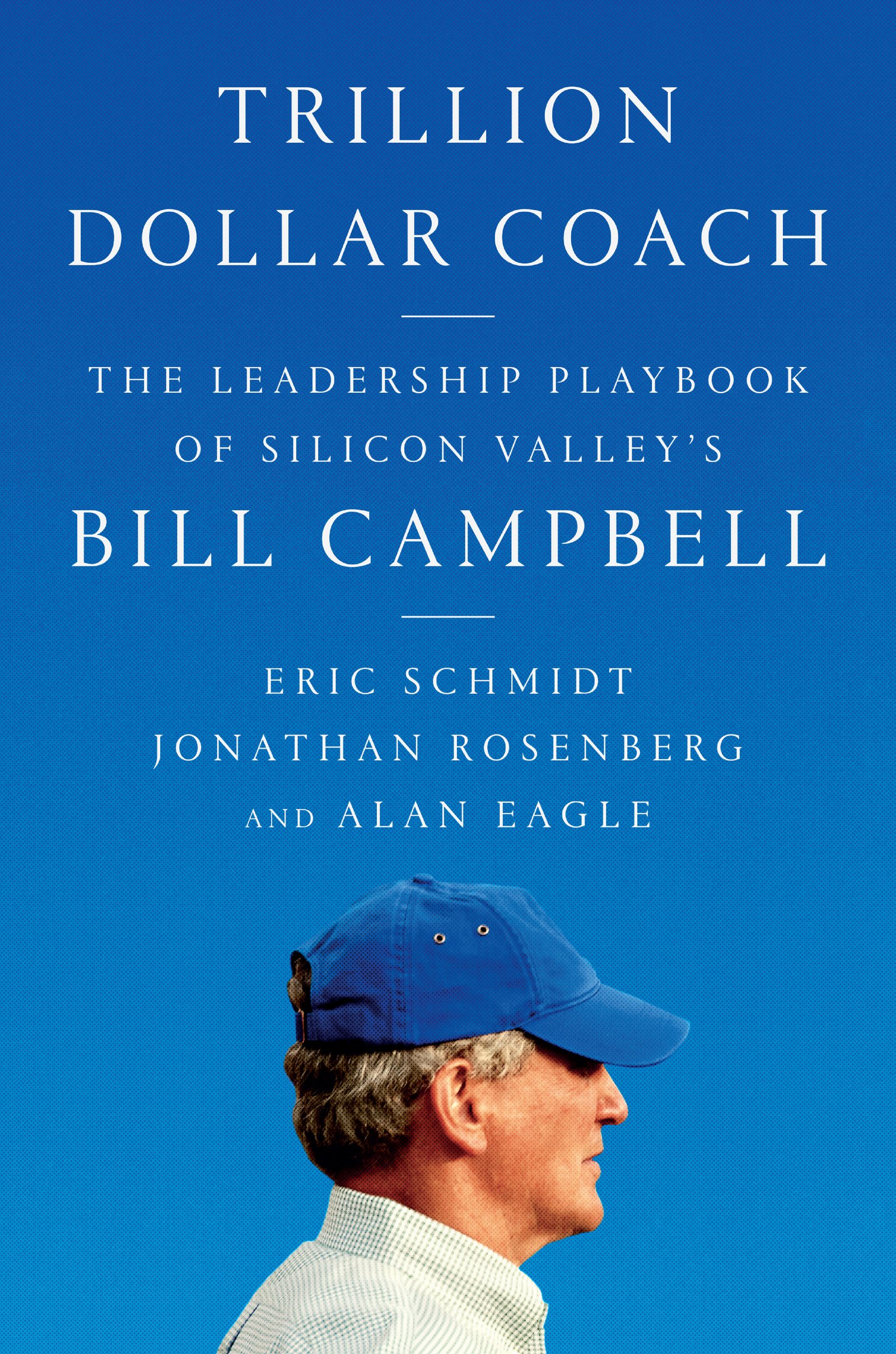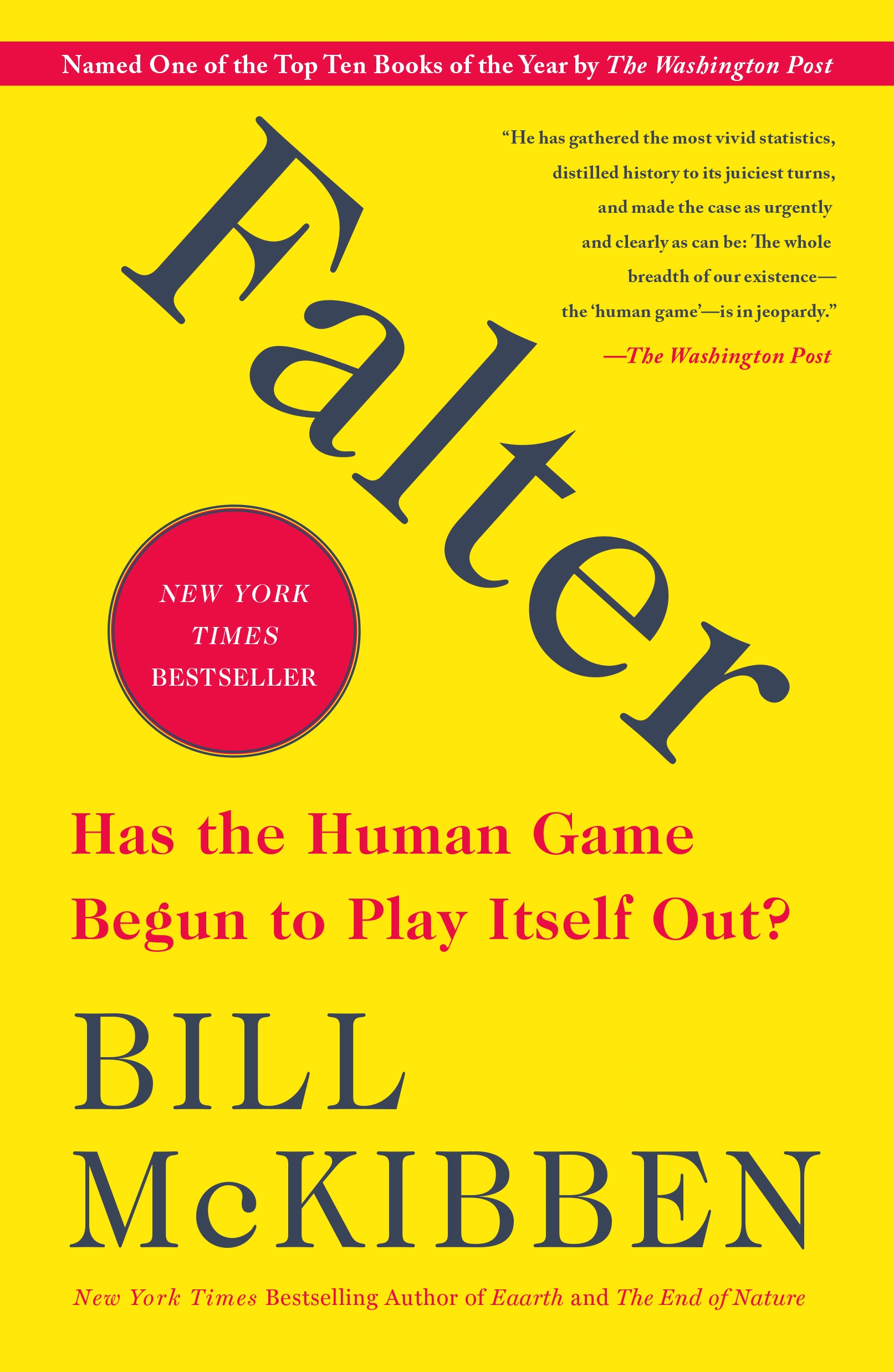
- Browse Category
Subjects
 We Begin at the EndLearn More
We Begin at the EndLearn More - Choice Picks
- Top 100 Free Books
- Blog
- Recently Added
- Submit your eBook
password reset instructions

The trend toward decentralizing decision-making powers in not-for-profit organizations means a greater number of employees are responsible for creating and managing the annual budget. Budgets, therefore, must be well designed, easy to implement, and accessible to professionals from a variety of backgrounds. Wishful thinking? Not any more. Continuous budgeting, as explained in Edward McMillan's trenchant Not-for-Profit Budgeting and Financial Management, offers a system that is not only easy to use and monitor, but also ensures true fiscal accountability in the complex not-for-profit arena.
Continuous budgeting breaks down time-consuming annual budgeting processes into twelve easy-to-manage increments that produce more accurate and effective resource allocation. In this handy guide, the author explains how to:
- Separate controllable, semi-controllable, and fixed expenses
- Take corrective actions during the year to offset budget shortfalls
- Define the roles of the CEO, CFO, the staff, and volunteer leaders
- Establish expense reduction plans before they are needed
- Prepare and present such top-notch budget documents that budgets will be approved the first time
McMillan writes in a nontechnical, understandable, how-to language and format, incorporating dozens of relevant forms and documents. This completely revised and expanded edition also includes all-new material on long-term financial planning, so that not-for-profits can work toward liberating themselves from the year-to-year scramble for increasingly scarce resources.
Not-for-profit managers must be able to direct and control their resource allocation rather than be controlled by outdated, cumbersome, and inaccurate budgeting processes. Not-for-Profit Budgeting and Financial Management, and its powerful system of continuous budgeting, enables all not-for-profit professionals to create and manage reasonable financial plans that fit their organization's needs. Less
- ISBN
- 9780471453147




























